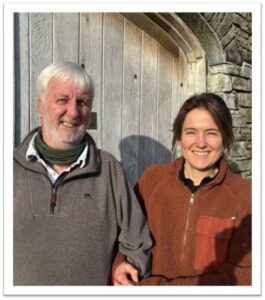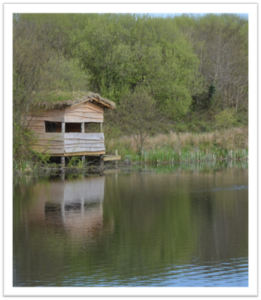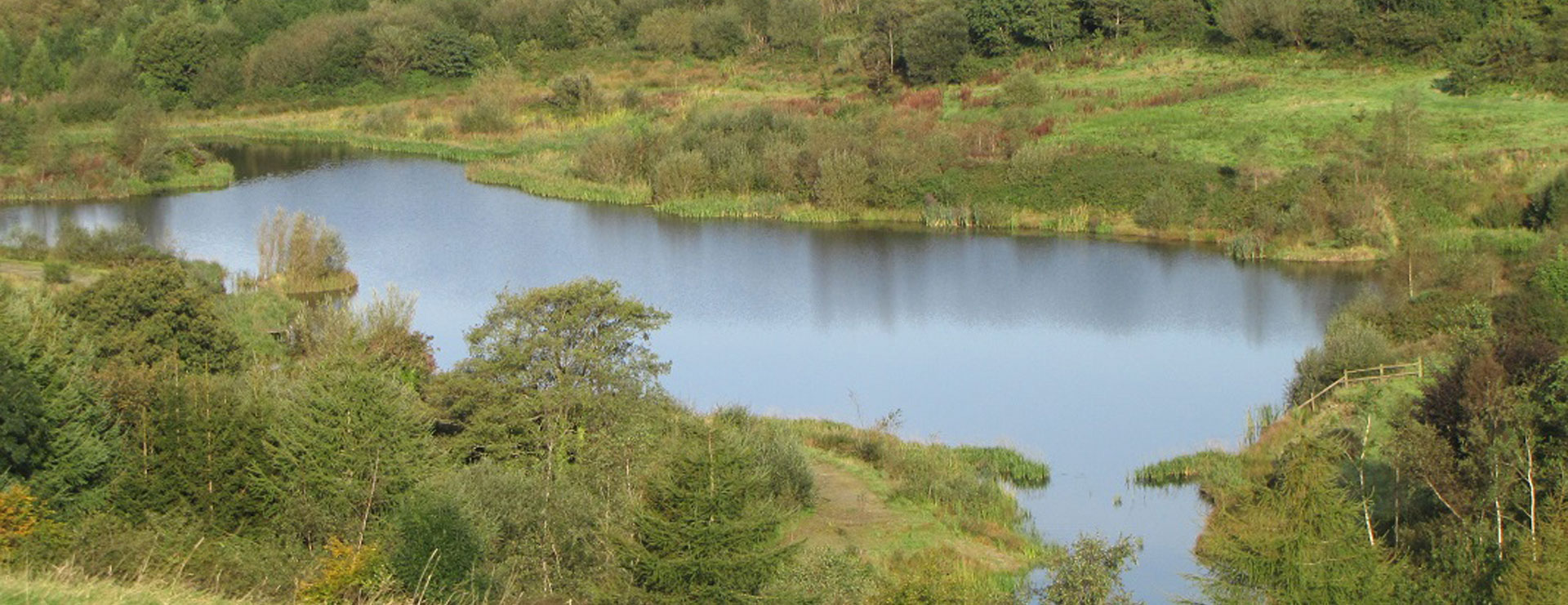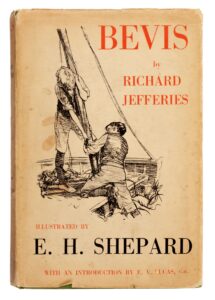About
Who is Bevis?
The Bevis Trust takes it’s name from ‘Bevis: The Story of a Boy’ written by Richard Jefferies in 1882.
Jefferies portrayed the rapidly changing rural life at the start of the great agricultural depression of the late 19th century. He had an affection for traditional practices and the customs of the communities he knew, but wrote without sentimentality and saw that ‘the new’ could often exist harmoniously alongside ‘the old’. His books contain many fine and vivid sketches of the countryside and show a remarkably keen eye for observing the activities of living creatures and the subtle workings of nature.
‘Bevis’ was an extremely popular book about childhood, based on the author’s own childhood in Wiltshire. It depicted an ideal countryside in which Bevis and his friends enjoyed their adventures.
‘The sun was stronger than science; the hills more than philosophy’.
Who is behind The Bevis Trust?

The Bevis Trust is directed by Dr Nick Fox OBE, a wildlife biologist, falconer, farmer, and writer living in West Wales, UK. Nick has over 30 years of experience as a wildlife consultant and has undertaken conservation projects across the globe. His interests include practical conservation, design, animal welfare, and moral biology.
The Trust is supported further by Nick’s wife, Helen Fox, who is a published author studying a PhD in anthrozoology, alongside a team of staff and volunteers.
We welcome partnerships with members of our local community, alongside educational facilities (including colleges and universities), volunteer wildlife groups, and NGO’s.
What are Our Objectives?
Our objectives are:
(a) to promote the conservation, protection and improvement of the physical and natural environment and the promotion of biological diversity including by providing land on which areas of natural habitats shall be preserved and managed.
(b) to promote the conservation, protection and improvement of wildlife and their natural habitats, including by the reintroduction of indigenous species to areas of land referred to in object (a).
(c) to advance the education of the public in the conservation, protection and improvement of the physical and natural environment and the maximization of biological diversity and the conservation and protection of wildlife, including in harmony with modern farming methods; and the fostering of public interest in the understanding of the same.
How is the Bevis Trust financed?
The Bevis Trust is registered as a not-for-profit company. We have been investing in an Endowment Fund ever since the inception of the idea in 2005. The legal framework is in place for this to be donated to the Company on the deaths of the current owners. Meanwhile, we are developing the Trust in a more modest format to begin with, and letting it develop at its own pace. By this means, although slow and steady, we do not require grants or other support and only move forward as the resources become available. Being a not-for-profit company does not mean that we are providing a free service for all and sundry; on the contrary, we will make commercial rate charges where we can, to bring income into the programme and enable it to expand.
Where is the Bevis Trust Based?

We are based on a 270-acre livestock farm in Carmarthenshire, West Wales. We have sheep, cattle and horses, as well as being one of the biggest falcon breeding centres in the UK. There are several farmhouses and cottages. The houses are served by radio broadband beamed across from Carmarthen. They have geothermal heating and the three main steadings have solar panels. To undertake the conservation projects, we need places to work and study, and facilities for visiting students and volunteers.

